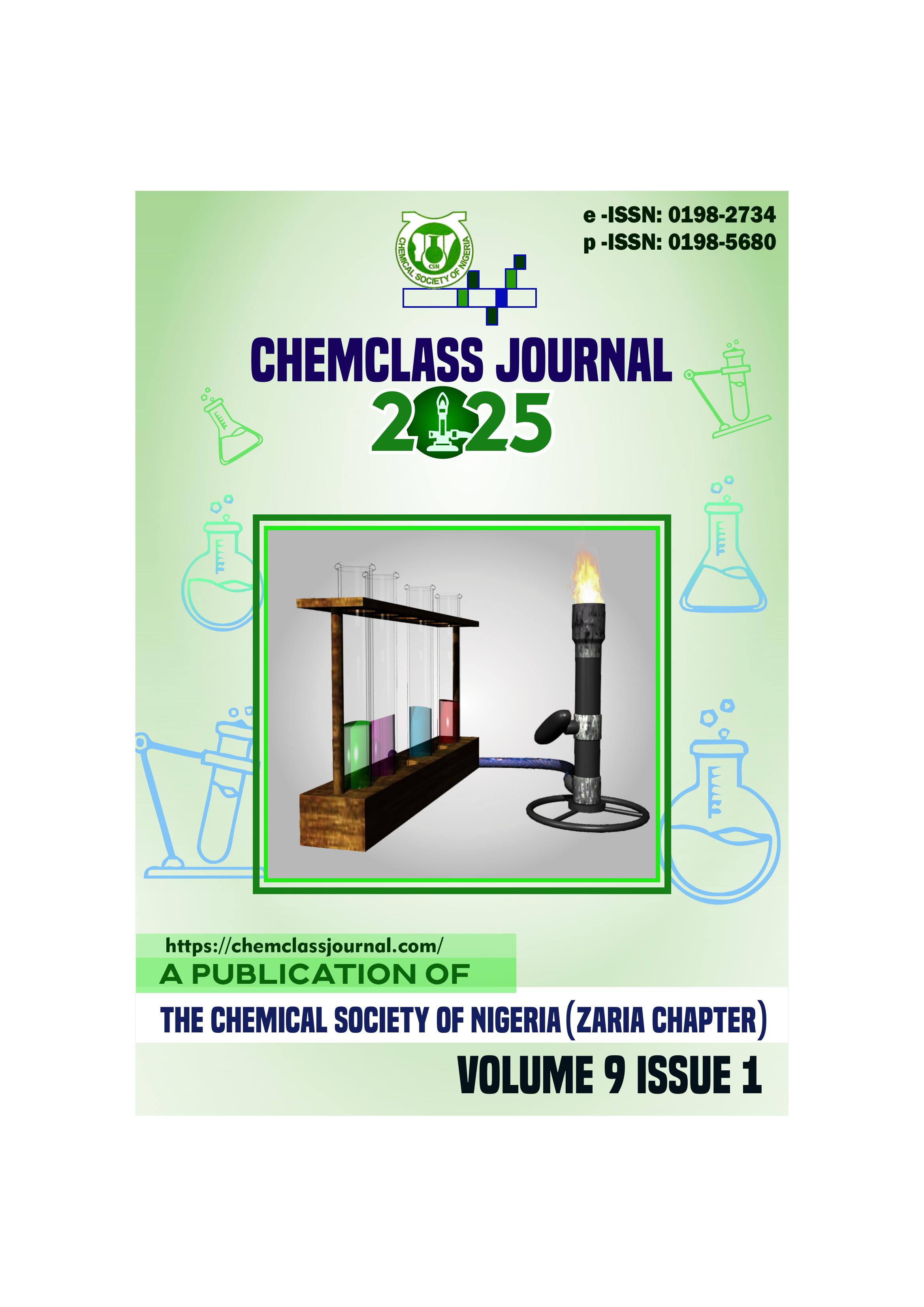Occurrence and Distribution of Polycyclic Aromatic Hydrocarbons in Raw Foods from Selected Markets in Ibadan, Nigeria
DOI:
https://doi.org/10.33003/Keywords:
polyaromatic Hydrocarbons (PAHs), Ibadan Metropolis, Soxhlet Extraction, Food Safety, Gas Chromatography-Mass SpectrometryAbstract
This study presents a comprehensive study on the quantification of polyaromatic hydrocarbons (PAHs) in
selected raw foods from Ibadan Metropolis, Oyo State, Nigeria, utilizing optimized gas chromatography
mass spectrometry (GC-MS). The methodology underwent rigorous validation, achieving a Pearson
Correlation Coefficient (R) that indicated a strong linear relationship with R² values exceeding 0.989. The
study established the limits of detection (LOD) ranging from 0.002 to 0.117 mg/kg and limits of
quantification (LOQ) from 0.0005 to 1.013mg/kg, ensuring precise measurement of PAH concentrations in
food samples. Raw food samples, procured from various local markets, were subjected to a Soxhlet
extraction process, followed by purification using activated alumina as an adsorbent and analysis with an
optimized GC-MS. Subsequent analysis revealed varying levels of PAH contamination, with total PAH
concentration range of 0.037 to 0.055 mg/kg for Bodija market samples while the total concentration range
for Agbowo and Oje market samples were from 0.031 to 0.055 mg/kg and 0.012 to 0.019m g/kg
respectively. The study established that the levels of these contaminants in these food products were higher
than the 0.001mg/kg maximum permissible limit set by the European Commission. These findings highlight
the presence of potentially harmful PAHs in commonly consumed food items in the region, raising concerns
about food safety and public health. The optimized GC-MS technique employed in this study demonstrates
significant efficacy in detecting PAHs, offering a valuable tool for monitoring food quality and safety in
Nigeria and similar contexts. The results underscore the need for ongoing surveillance and regulatory
measures to mitigate the risks associated with PAH exposure through food consumption.





 ChemClass Journal
ChemClass Journal
